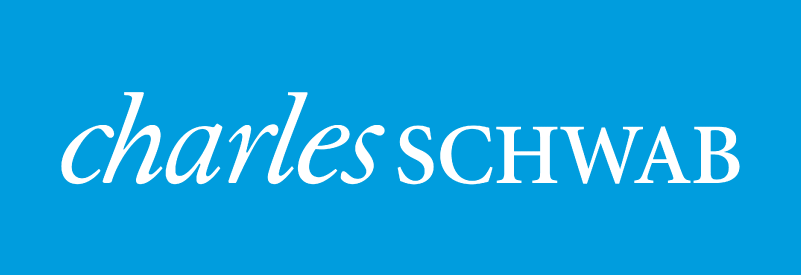March followed up the best two-month start for the S&P 500 in 32 years with a bow on top of the best quarter since Q3 2009. Global equity markets were led by the U.S. (1.8%), India (9.2%), and China (2.4%) but overall global equities (0.6%) where tempered due to weakness in Germany (-1.4%), Turkey (-14.9%), and Brazil (-3.8%). Oil moved sharply higher on the back of a strained global production backdrop (Venezuela, Iran, Saudi) while small caps and financials lagged – the latter due primarily to the late-March U.S. yield curve inversion. Politics remained a bit worrisome as U.S.-China trade negotiations continued but with slow progress and scant details while U.K. Brexit plans were again rejected by Parliament with a mid-April deadline looming. Global bond markets rallied (yields fell) sharply on renewed central bank dovishness and the overall global growth concerns.
Market Anecdotes
- The 3m/10yr yield curve inverted in March, garnering significant attention as a forward predictor of recession. A bull flattener of this nature is indicative of the Fed thinking hort rates are fine but market signaling declining growth and inflation risk premiums longer term.
- While it’s true that every recession since 1962 has been preceded by a yield curve inversion, not every yield curve inversion has been followed by a recession. Whether and how long the curve remains inverted will be closely watched.
- British PM May’s Brexit withdrawal agreements have failed in Parliament three times as did several (8) non-binding ‘indicative’ votes on alternatives including remain in the EU Customs Union, hold a second referendum on Brexit, and revoke Article 50. The EU is to decide on a second extension shortly which may push things out to June 30th or even later.
- U.S.-China trade negotiations are increasing looking outcome oriented, not time oriented which is both a positive (result) and negative (lingering uncertainty). China’s equity marke rebounded nicely in Q1 which signals reduced risks of a hard landing.
- The Fed kept rates steady at 2.375%, projected no more rate hikes in 2019, reduced their 2019 growth forecast (2.1%), and announced a tapering of the balance sheet normalization program with a conclusion by September – much sooner than anticipated.
- The pace of Chairman Powell’s pivot from a hawk last October to an outright dove in March has been remarkable. Fed funds futures markets have taken it further, now pricing in over 50% odds of a rate CUT in 2019.
- The February NFIB small business survey had a record high 10% of companies cite labor costs as their most important problem. Labor shortages were also noted as 22% (near record high) of companies cited labor quality as their most important problem.
- A report by Goldman Sachs noted 2018 S&P 500 stock buybacks jumped 52% to $819b with expectations that figure will grow to $940b in 2019. Business capital expenditures also increased 13% last year to $1.1 trillion with expectations for 9% growth to $1.2t in 2019.
Economic Release Highlights
- Most recent headline and core PCE inflation readings of 1.4% and 1.8% respectively raised no eyebrows and probably supports the dovish tone from the Fed and markets.
- PCE consumer spending (0.1%m/m) didn’t bounce off depressed December levels as hoped and PCE personal incom remained subdued at 0.2% in Feb.
- The March employment report registered 196,000 new jobs, a 3.8% unemployment rate, 0.1% wage growth (3.2% annual), and a slight draw down in the pool of available workers to 11.4mm.
- March non-manufacturing ISM index softened more than expected to 56.1 coming off a three-point surge in February. The ISM manufacturing index came in at 55.3, rising and beating expectations – an encouraging result.
- The February retail sales report slipped 0.2%MoM, below the low end of expectations but January was revised sharply higher to a very solid 0.7% gain.
- Most recent consumer confidence reading of 124.1 was far short of expectations thanks to deteriorating views of the economy and wage growth while consumer sentiment jumped to a 6-month high of 98.4, reflecting favorable current conditions and forward expectations.
- Recent housing market data was mixed with declining starts (-8.7%) and permits (-1.6%) offset by surging existing homes sales (+11.8%) and new home sales (+4.9%).




Leave a Reply